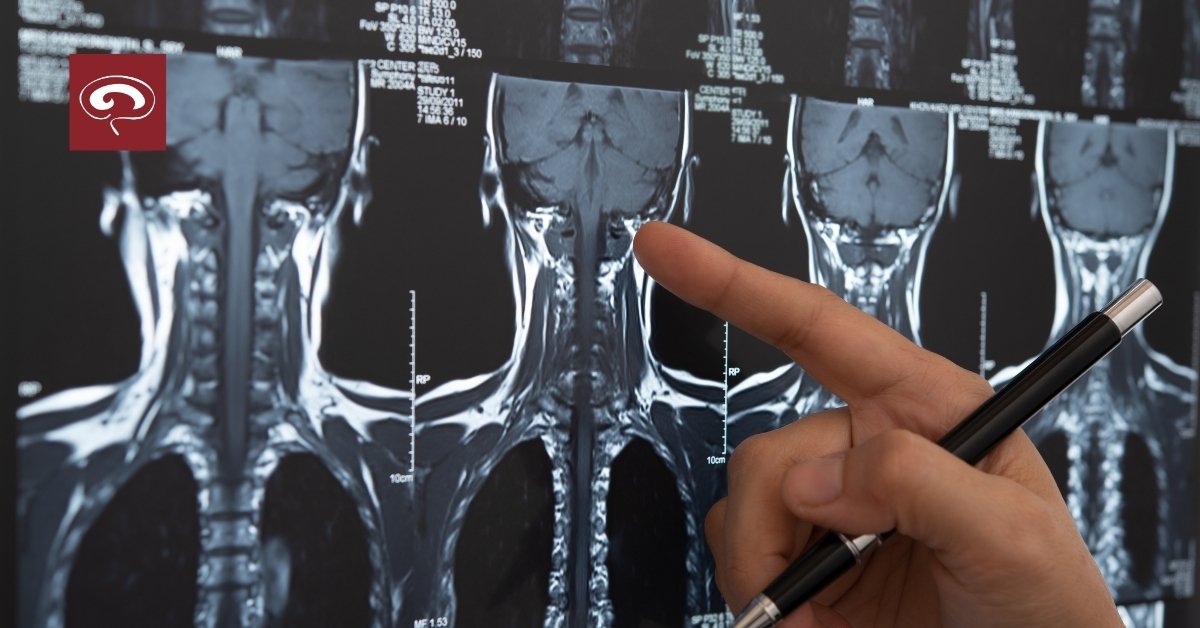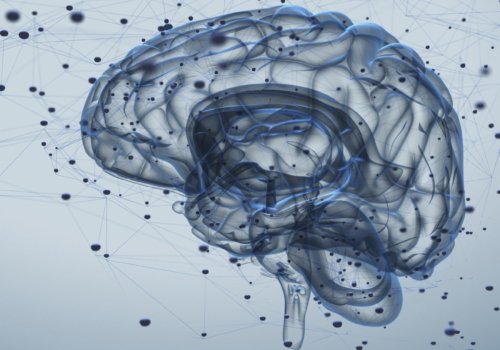
Red Flags in Headache—What if it isn’t Migraine?
What primary care providers should look for if they suspect a patient’s headaches are not migraine
When a patient presents with headache symptoms, the cause of their pain—and the related diagnosis—isn’t always clear. What red flags should you look for, and how can you distinguish which type of headache your patient is experiencing?
Primary headaches, such as migraine or tension headaches, are the result of overactivity of issues within the pain-sensitive structure of the brain and are not caused by an underlying disease. Alternatively, secondary headaches are caused by an underlying illness, medication or other factors, such as a brain tumor, blood clot, stroke, change in brain pressure or toxic exposure.
While 80% to 90% of headaches are primary headaches, it’s important to recognize the red flags of a secondary headache. “If it is something such as a tumor or a blood clot, we wouldn’t want that to get worse and become problematic and dangerous for the patient,” says Dr. Rebecca Michael, a board-certified neurologist and headache specialist and an assistant clinical professor at the University of California, San Francisco. “And we can reassure patients if they come in without any symptoms of a secondary headache… and ultimately treat for the primary headache.”
What are the red flags?
It’s important to distinguish between primary and secondary headache, because secondary headache requires further investigation in order to identify the cause and determine the appropriate treatment. Providers can use the mnemonic “SNOOP4” to remember the red flags of secondary headache.
Systemic Signs
The “S” refers to systemic symptoms, such as fever, night sweats or other symptoms of a systemic process. This letter can also stand for systemic illness. “If somebody is immunocompromised or if they have another secondary medical condition that could predispose them to secondary headaches, then that is also something to be concerned about,” Dr. Michael says.
Neurological Symptoms
When a patient has an onset of headache, it’s important to conduct a thorough neurological exam. Primary headache doesn’t typically have neurological symptoms associated with it, so if the patient is experiencing neurological signs, it may point to secondary headache. These symptoms can include weakness in one arm or leg, numbness that is new or not typical or any visual changes.
Onset is Sudden
“A very sudden onset headache is probably one of the most concerning features of a secondary headache,” says Dr. Michael. This type of headache—such as a thunderclap headache, which comes on suddenly at a maximum 10-out-of-10 intensity—can point to a vascular issue like an aneurism and should be evaluated right away.
Older Age at Onset
A patient with a new onset of headache after 50 years old is more likely to have a secondary cause or illness. Most primary headaches start when people are younger in age.
Progression
Secondary headache is typically marked by a clear progression of becoming more severe or more frequent. In comparison, primary headache is usually episodic or fluctuating over time.
Papilledema
Any signs of papilledema—that is, swelling of the optic nerve—on a fundoscopic exam is a red flag and can be an indication of increased pressure in and around the brain.
Positional or Precipitated by Valsalva
If the headache changes in intensity in different positions, like standing to lying, or is triggered by the Valsalva maneuver, such as coughing or straining, it can be concerning. These signs could point to a pressure issue or a problem related to some type of mass.
Pregnancy
When a woman experiences new-onset headache during or after pregnancy, she should be evaluated for secondary conditions, such as pituitary or vascular abnormalities.
When should imaging or testing be done?
Beyond a neurological exam, a primary care practitioner can conduct other imaging and testing to help identify the cause of headache symptoms.
Beginning with the “S” in SNOOP4, lab work can be done to investigate potential systemic illnesses, including hypothyroidism, anemia, autoimmune conditions and infections.
An erythrocyte sedimentation rate (ESR) and c-reactive protein (CRP) lab work can identify certain types of secondary headache like temporal arteritis or giant cell arteritis. While this type of headache typically presents as a one-sided headache, it can also less commonly present as an occipital or frontal headache.
“If you are seeing somebody who has a new, very severe acute onset headache, that would be the time to consider either a CT scan or even emergency room evaluation,” says Dr. Michael. A CT scan can show issues such as bleeding or a tumor. “Although a CT scan can be helpful, if it’s negative, that patient should still likely have additional workup,” explains Dr. Michael, “including a lumbar puncture or even looking at the blood vessels and a CT scan to rule out any type of dissection or a cerebral venous thrombosis.”
An MRI is the most specific type of imaging for identifying secondary headache. It can show infectious processes, smaller tumors, issues related to pressure changes or pituitary problems.
If imaging and testing do not show a clear cause or presents challenges, a referral to a neurologist is a recommended next step.
Primary care practitioners are essential to identifying and treating headache disorders. The American Headache Society’s First Contact – Headache in Primary Care program provides educational resources to empower healthcare professionals and improve headache and migraine care. Learn more about the program here.


